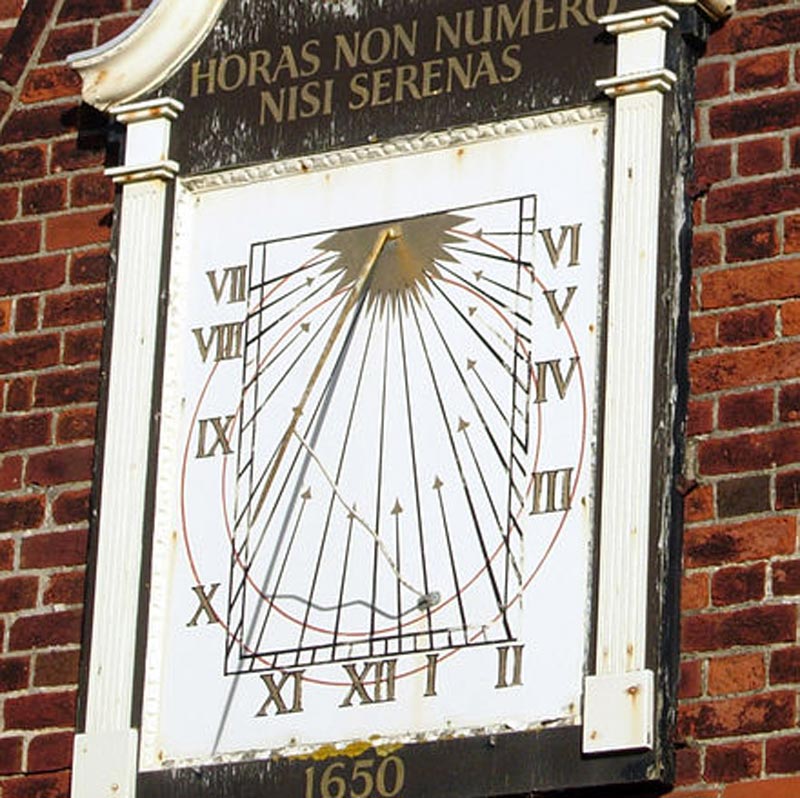The earliest known timekeeping device is the sundial, which dates back to ancient civilizations such as the Egyptians, Greeks, and Romans. Sundials were used to track the movement of the sun, and were used for religious and agricultural purposes. These early sundials were simple in design, consisting of a vertical stick or obelisk with markings on it to indicate the time of day. Sundials were not portable, and were primarily used in public spaces such as temples and marketplaces.
As time progressed, more accurate timekeeping methods were developed. The ancient Egyptians used obelisks to track the movement of the sun, while the ancient Greeks used water clocks and hourglasses. These early timekeepers were not portable, and were primarily used in public spaces. The water clock, also known as a clepsydra, was a container with a small hole in the bottom that allowed water to flow out at a steady rate. The hourglass was filled with sand, which would gradually flow through a narrow opening to measure a specific amount of time.
The invention of the mechanical clock in the 14th century marked a significant turning point in the history of watchmaking. These early mechanical clocks were powered by weights and were primarily used in churches and monasteries. They were large and bulky, and were not practical for everyday use. These early clocks were also not very accurate, and were often adjusted by the user.
It wasn't until the 16th century that the pocket watch was invented. These early pocket watches were also powered by weights, and were primarily used by the wealthy. They were still not very accurate, and were often adjusted by the user. The pocket watch was worn on a chain and carried in a pocket, hence the name. The first pocket watches were made by German and Swiss artisans and were considered luxury items.
The invention of the balance spring in the 17th century by Christiaan Huygens marked a significant step forward in the accuracy of watches. The balance spring, also known as the hairspring, is a thin strip of metal that regulates the oscillation of the balance wheel. This invention allowed for the creation of more accurate timekeepers, and paved the way for the development of the modern watch.
The industrial revolution of the 18th and 19th centuries brought about further advancements in watchmaking. Mass production techniques allowed for the production of watches on a larger scale, making them more affordable and accessible to the general population. The invention of interchangeable parts, the use of machinery for precision work and the development of new materials such as steel and alloy made the watches more durable and affordable.
The 20th century saw the introduction of the wristwatch, which quickly became popular among soldiers and pilots during World War I. The wristwatch was more practical and convenient than the pocket watch, and its popularity only continued to grow. The wristwatch was worn on a strap or bracelet and could be easily read while performing other tasks.
In the 21st century, the watch industry has continued to evolve. With the advent of digital technology, smartwatches have become increasingly popular, offering a wide range of features such as fitness tracking, mobile connectivity, and voice commands. Smartwatches are equipped with sensors, GPS, and Bluetooth technology and can be connected to smartphones. They allow users to receive notifications, track fitness data, and perform various other tasks.
One of the most iconic and well-known watch brands in the world is Rolex. The company was founded in 1905 by Hans Wilsdorf and Alfred Davis, and has since become synonymous with luxury and precision. Rolex is Rolex is known for its high-quality craftsmanship and innovative designs, and has played a significant role in the history of watchmaking.
Overall, the history of watchmaking is a story of innovation and advancement. From the sundials of ancient civilizations to the smartwatches of today, the quest for accurate timekeeping has driven the development of new technologies and designs. Today, watches continue to be not only a functional tool, but also a fashion statement and a symbol of status.

Share:
Brands using Sellita SW-200
Ai photography vs humans